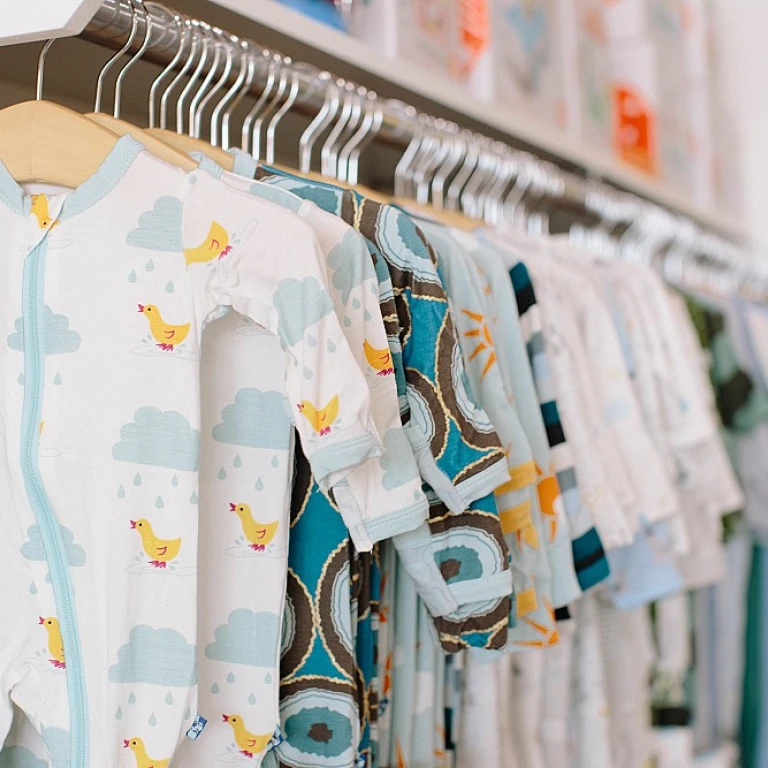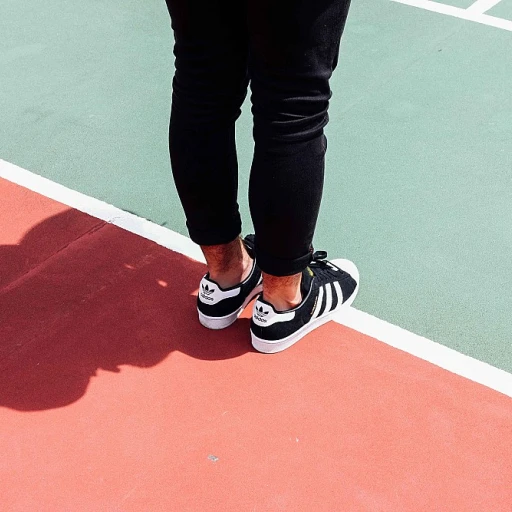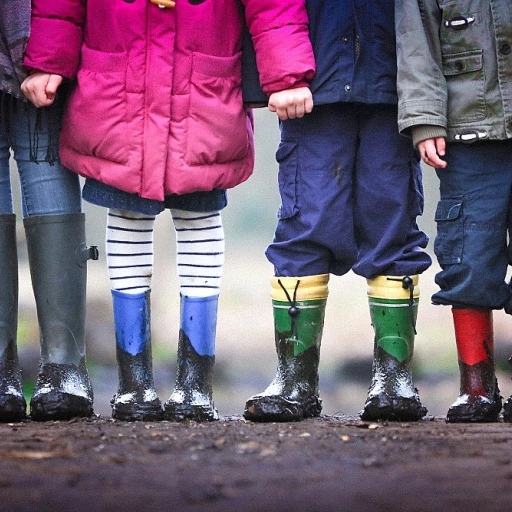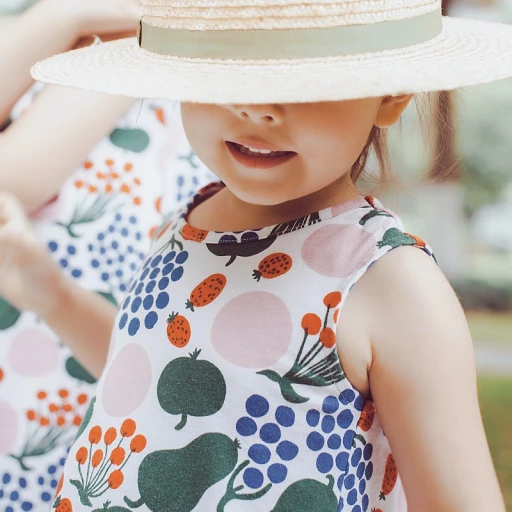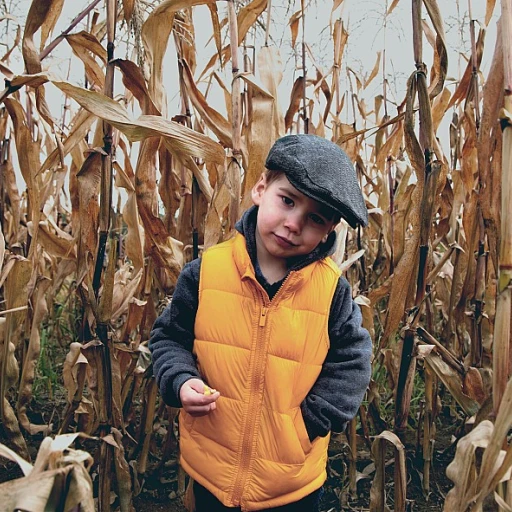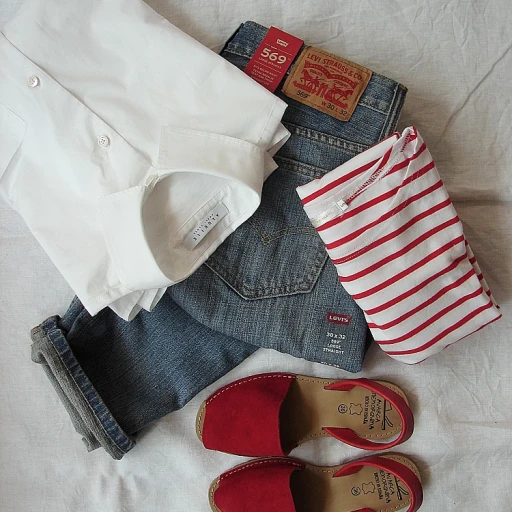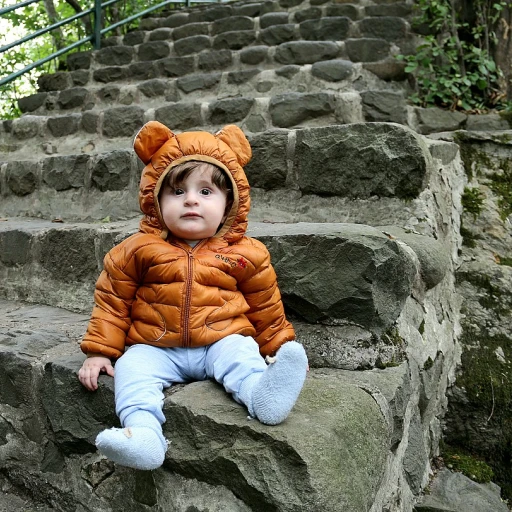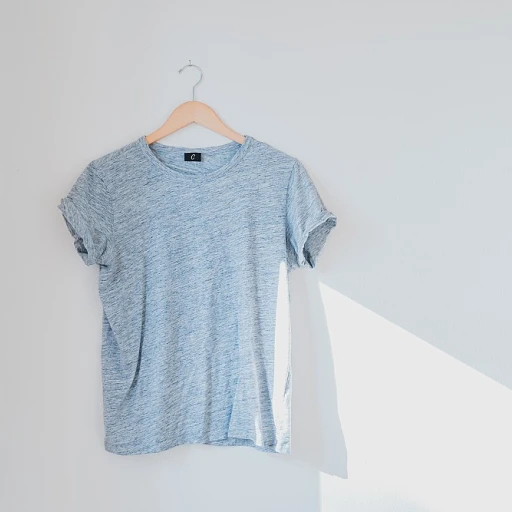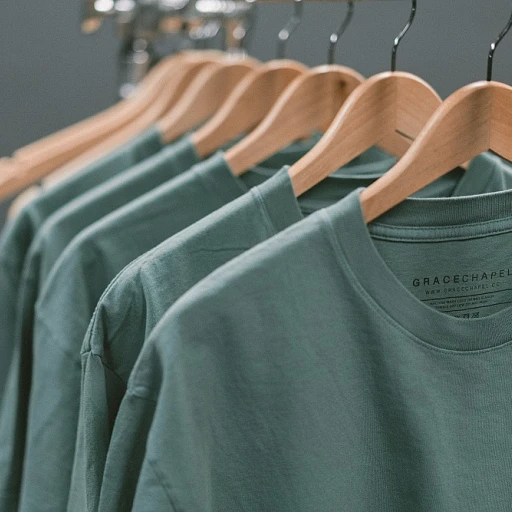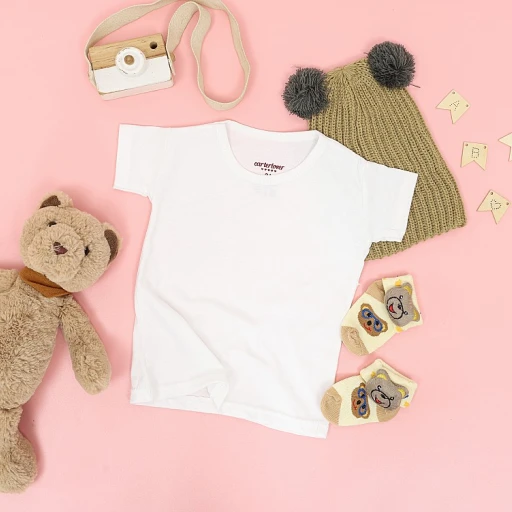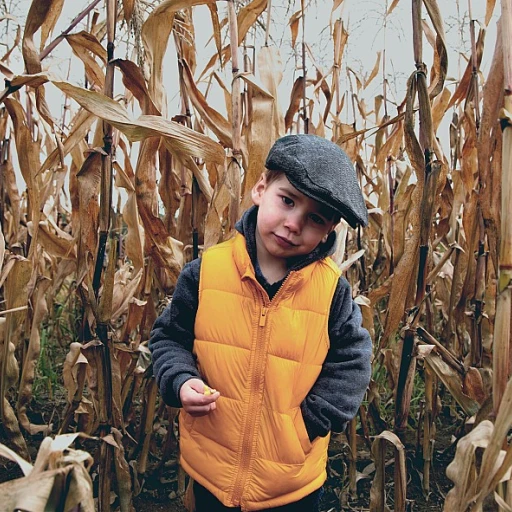
L'importance de l'Organic Kids' Wear: A Deeper Look into Sustainable Fashion for Children
Exploring the Significance of Eco-Friendly Children’s Apparel
The conversation around organic kids' wear is intensifying, with a growing awareness of its critical role in promoting sustainable fashion. Parents and industry experts alike are acknowledging the importance of eco-friendly materials in children's clothing. According to the Global Organic Textile Standard (GOTS), sales of organic textiles grew by more than 15% in the past year alone, reflecting an increased commitment to sustainability in the fashion sector.
Unraveling the Fabric of Sustainability in Children's Fashion
When delving into the world of sustainable fashion for youngsters, one must consider the environmental impact of clothing production. The use of organic cotton, which eliminates the need for harmful pesticides, is a game-changer. In fact, statistics from the Textile Exchange indicate that organic cotton farming can potentially reduce water usage by up to 91% compared to conventional methods. This staggering figure underscores how pivotal organic fibers are in pivoting towards a green future in kids’ fashion.
Integrating Eco-Conscious Practices Into Your Child's Wardrobe
Adopting an organic lifestyle for your children goes beyond just clothing—it's about embracing an ethos that values environmental stewardship and ethical manufacturing. As an authority in kids’ fashion, I’ve seen how choosing organic kids' wear not only supports the environment but also ensures comfort and safety for the child. 'Natural fibers are gentle on the skin and devoid of allergens', says a leading pediatric dermatologist, further advocating for the choice of organic fabrics.
Supporting the Green Movement Through Mindful Fashion Choices
As fashion continues to embrace sustainability, parents are becoming key players in driving the demand for eco-friendly kids’ wear. The selection of organic clothing options is rapidly expanding, allowing for both style and sustainability to coexist. A recent survey revealed that 67% of parents are willing to spend more on eco-friendly products for their children, demonstrating a substantial shift towards conscious consumerism within the realm of children's fashion.
Building Legacy Through Sustainable Kids’ Fashion Choices
Ultimately, the choice of organic kids' wear has implications that extend well beyond the present. It's about setting a precedent for future generations, instilling values of responsibility and care for the planet. As fashion experts, we must guide and inspire parents to make informed decisions, citing the profound impact that organic clothing can have on both personal health and the global environment.
- Reduction in Synthetic Chemicals: A preference for organic kids' wear substantially decreases the exposure to harsh chemicals.
- Long-term Health Benefits: Organic fabrics offer a safer alternative for children's sensitive skin, reducing the risk of allergies and skin conditions.
- Economic Sustainability: Supporting organic farming contributes to the livelihoods of farmers and their communities.
Tendance Verte: Identifying the Latest Eco-Friendly Kids' Fashion Trends for 2023
Discovering the 2023 Eco-Chic Movement in Children's Fashion
As an expert in the realm of kids' fashion, it’s clear that the trend towards eco-friendly attire is not just a passing fad; it's a vital transformation. With a significant rise in consumer consciousness, parents are increasingly seeking out organic children’s clothing. According to the Global Organic Textile Standard (GOTS), the global market for organic textiles grew by over 15% in the last year. Embracing the trend, forward-thinking brands are now offering everything from bamboo fiber shirts to recycled polyester pants.
Spotting the Rise of Recycled Fabrics on Playgrounds
Recycled fabrics have made a bold entry onto playgrounds and schoolyards. A survey from Eco Age suggested that 70% of parents are willing to invest more in recycled kids' wear. Children's fashion powerhouses have recognized this, launching lines featuring reused fibers with a smaller carbon footprint. Designs incorporate fun prints and vibrant colors, ensuring that style meets sustainability.
Investing in Heirloom-Quality Garments
Focusing on sustainable kids' fashion also means looking at quality and longevity. Statistics from The Sustainable Fashion Forum show that purchasing high-quality, durable garments can reduce an individual's carbon emissions from clothing by up to 44%. Instead of fast fashion, consider timeless pieces that can be handed down through generations – this practice not only preserves the environment but also creates cherished family memories.
The Blossoming of Organic Cotton
Organic cotton is presently the superstar of sustainable children’s fashion. A study from the Organic Cotton Initiative highlighted that the demand for organic cotton grew by 10% last year alone. Brands are launching collections that are gentle on children's skin and the planet, highlighting the dual benefits of this eco-friendly material.
Embracing the Wave of Eco-Friendly Accessories
Eco-friendly kids' fashion doesn't stop at clothing – accessories complete the ensemble. Market data indicates that accessories like biodegradable sunglasses and plant-based rubber rain boots have seen a 30% uptick in sales. These items often come with a story of sustainability that resonates with both parents and children alike.
Choosing Clothes with Non-Toxic Dyes
The shift towards non-toxic dyes is significant within the sustainable kids' wear market. A report from Greenpeace revealed that brands opting for safer dyes have seen a 20% increase in customer loyalty. Eco-conscious brands are now ensuring that their colorful palettes are free from harmful chemicals, safeguarding children's health and the environment.
La Mode Éthique Envolves: How to Cultivate a Sustainable Wardrobe for Your Child
Cultiver une garde-robe durable
La construction d'une garde-robe durable pour vos enfants ne se limite pas à l'achat de vêtements organiques; c'est un engagement à long terme qui influence les futures générations. Les statistiques montrent que le marché de la mode durable connaît une croissance constante, avec une augmentation prévue de 9.7% d'ici 2025, selon Statista. Cultiver une approche éthique dans le choix de la mode enfantine est à la fois une démarche personnelle et une nécessité environnementale.
Sélectionner avec soin les pièces intemporelles
- Choisissez des pièces de base de qualité qui résistent au temps
- Privilégiez des couleurs et des motifs qui ne se démodent pas
- Considérez le confort et la fonctionnalité au-delà de l'esthétique
"Investir dans des vêtements de qualité pour enfants, c'est aussi investir dans l'avenir", affirme Jane Goodall, ambassadrice de la mode éthique. Des études montrent que le consommateur est prêt à payer jusqu'à 10% de plus pour des produits durables de haute qualité (source: Nielsen).
Adopter le recyclage et l'échange de vêtements
Le troc et le recyclage de vêtements jouent un rôle crucial dans la réduction de l'empreinte environnementale. Selon L'Earth Pledge, une association à but non lucratif, 85% des textiles finissent dans des décharges chaque année. En revanche, l'adoption du troc peut rallonger la durée de vie des vêtements de 70%. Encourager ces pratiques parmi la communauté des passionnés de la mode peut transformer considérablement la conception de la mode enfantine durable.
Initier les jeunes à l'éco-responsabilité
Éduquer les enfants sur l'importance de la durabilité dès leur plus jeune âge crée des consommateurs conscients de demain. Participer à des campagnes de sensibilisation ou à des programmes éducatifs peut favoriser cette prise de conscience. En intégrant des statistiques dans chaque aspect de la vie, vous pouvez montrer l'impact réel des choix de consommation. Par exemple, un rapport de Greenpeace indique que réduire la consommation de vêtements neufs de 10% pourrait éliminer 3 millions de tonnes d'émissions CO2 annuellement.

